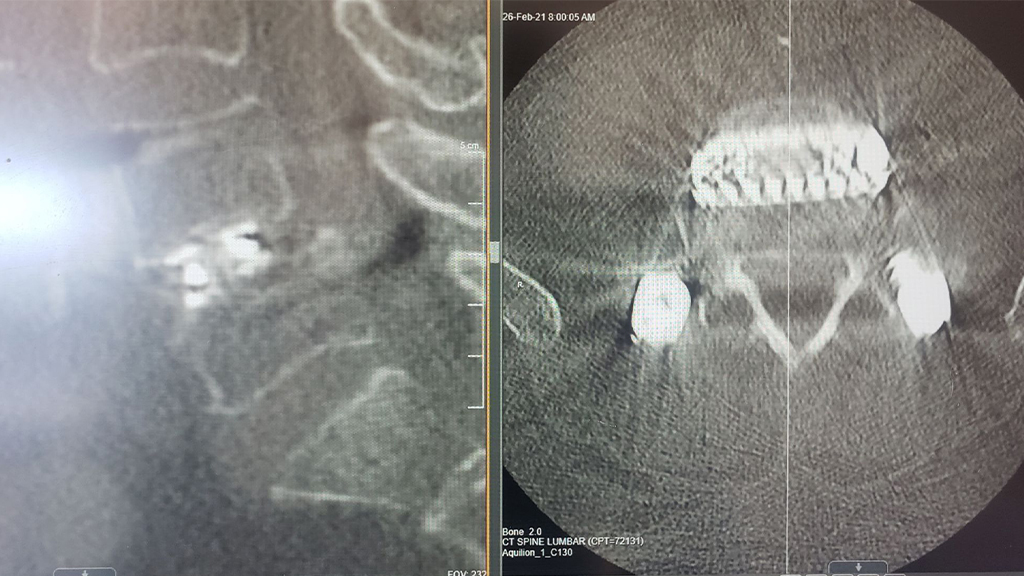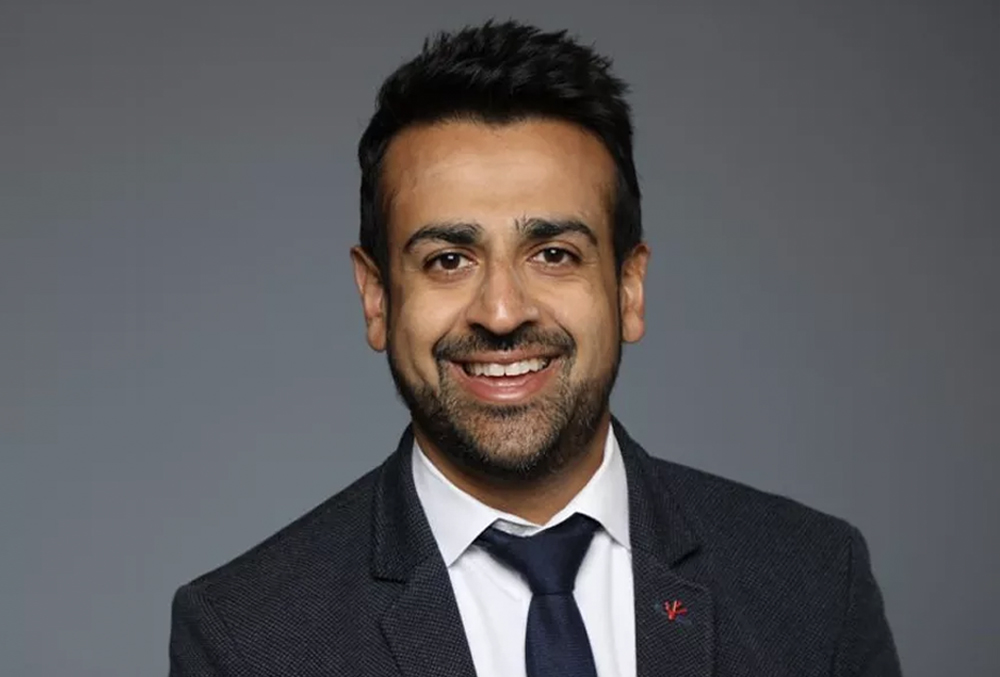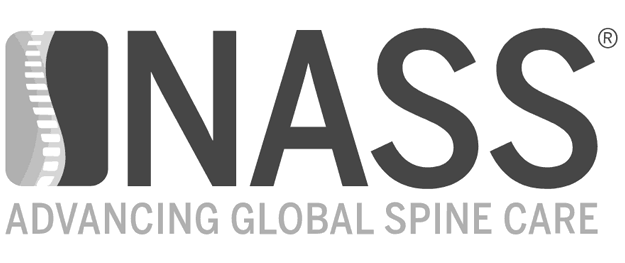Versatility of the Prone Lateral Approach and How it Affects Preoperative Decision Making.
I present a case of an Octogenarian patient with osteopenia and a grade 2 L4-5 mobile spondylolisthesis. Over the course of 4-years the patient’s symptoms continued to progress prompting desire for surgical intervention. With a BMI of >40, the collaborating ALIF access surgeon was not excited about the anterior approach at L4-5.
A narrow small TLIF interbody has a higher probability of subsidence. Looking at the axial images on the pre-op MRI, the anteriorly located PSOAS suggests an anterior lumbar plexus thus the inability to safely execute the lateral interbody technique.

I strongly desired a large interbody for height restoration, biomechanical stability and spondy reduction purposes so I elected to attempt the #proneXLIF (plan A), knowing I could quickly and safely convert to a TLIF (plan B) if the passage, as assessed using neuromonitoring, was unsafe.
Post operative CT demonstrating a well placed interbody. Post operative MRI demonstrating improvement of lateral recess / subarticular stenosis.
Please let me know how this preoperative MRI influences your decision making on the treatment strategy for this patient.
RECENT POSTS

About Dr. Ashish Patel, MD
My training at the Hospital for Special Surgery in New York, a leading orthopedic hospital, created a strong desire to educate my patients regarding their neck and back condition, as I believe a well-informed patient can better participate during a joint decision-making process. I am focused on maximizing the overall patient experience and streamlining high-quality spine care for my patients.


![[Video] new research grant awards — Awarded to Spine Surgeon Dr. Ashish Patel [Video] new research grant awards — Awarded to Spine Surgeon Dr. Ashish Patel](https://mdashishpatel.com/wp-content/plugins/bold-page-builder/img/blank.gif)







